Home>Home Appliances>Laundry Appliances>How To Increase Water Level In An LG Washing Machine
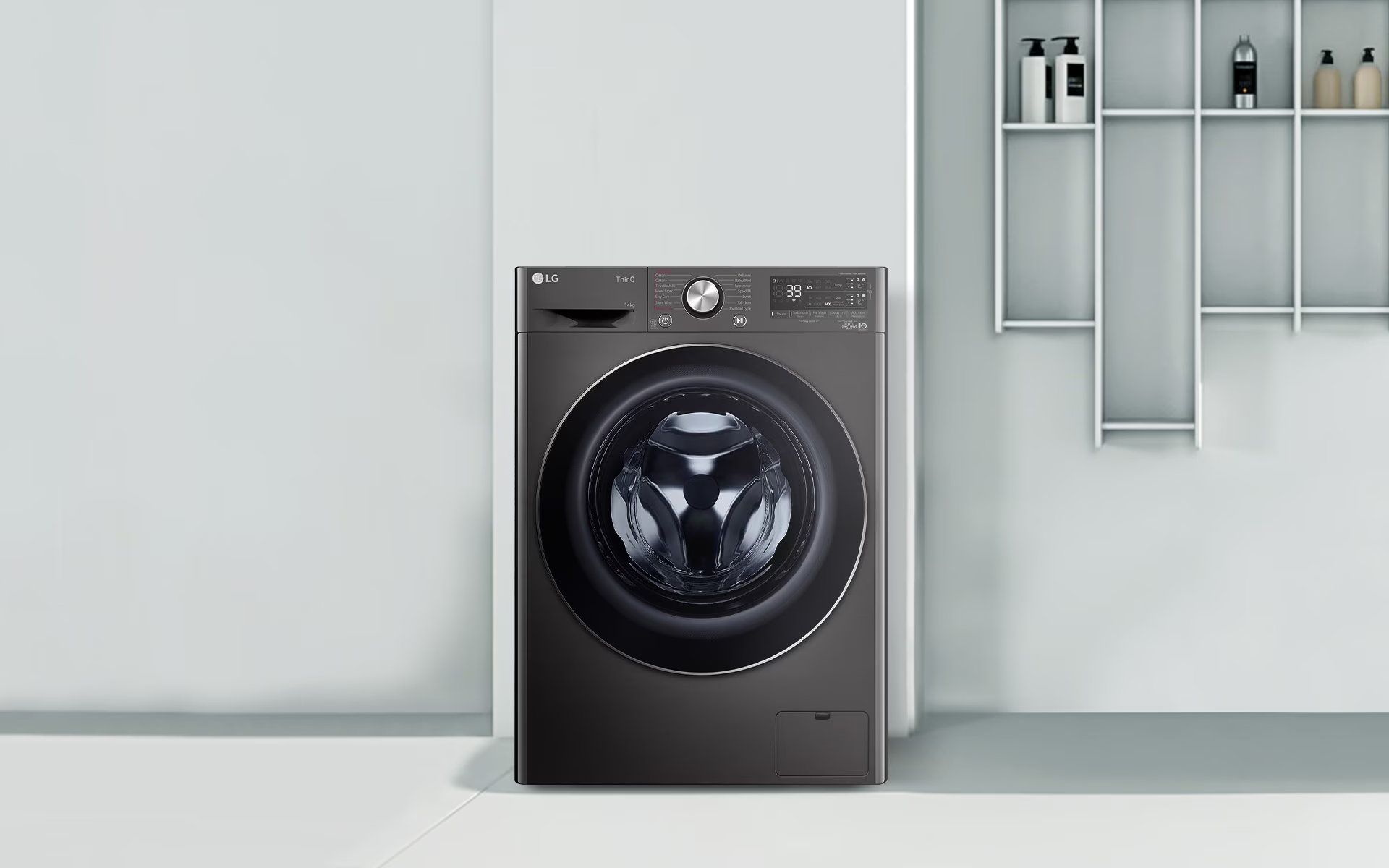

Laundry Appliances
How To Increase Water Level In An LG Washing Machine
Modified: August 27, 2024
Learn how to easily increase the water level in your LG washing machine for optimal laundry results. Discover effective tips for managing laundry appliances.
(Many of the links in this article redirect to a specific reviewed product. Your purchase of these products through affiliate links helps to generate commission for Storables.com, at no extra cost. Learn more)
Understanding the Water Level in an LG Washing Machine
The water level in an LG washing machine plays a crucial role in ensuring optimal cleaning performance while conserving water. Understanding how the water level is determined and regulated can help users effectively manage their laundry needs and troubleshoot potential issues.
LG washing machines utilize a water level sensor to gauge the amount of water required for each cycle. This sensor employs advanced technology to assess the load size and fabric type, ensuring that the appropriate amount of water is dispensed for efficient cleaning. By accurately measuring the load and selecting the ideal water level, LG washing machines deliver exceptional cleaning results while minimizing water consumption.
Furthermore, LG washing machines are designed with multiple water level settings to accommodate various load sizes and fabric types. This flexibility allows users to customize the water level based on the specific requirements of each laundry load, whether it's a small delicate load or a large, heavily soiled one. By offering adjustable water levels, LG washing machines empower users to achieve optimal cleaning outcomes while conserving water and energy.
Understanding the water level in an LG washing machine also involves recognizing the significance of water efficiency. LG is committed to sustainability and has integrated innovative features into their washing machines to promote water conservation without compromising cleaning performance. By leveraging advanced technology and engineering, LG has developed washing machines that deliver exceptional cleaning results with minimal water usage, contributing to environmental preservation and cost savings for users.
In essence, comprehending the water level in an LG washing machine entails recognizing the sophisticated sensor technology, the flexibility of adjustable water levels, and the commitment to water efficiency. This understanding empowers users to make informed decisions when operating their LG washing machines, ensuring optimal cleaning results while promoting environmental responsibility.
Key Takeaways:
- LG washing machines use advanced sensor technology to determine the ideal water level for each load, ensuring efficient cleaning and water conservation. Users can customize water levels for different loads, promoting environmental responsibility and optimal cleaning results.
- Regular maintenance of the water inlet valve and filters is crucial for the efficient performance of LG washing machines. By inspecting and cleaning these components, users can prevent water supply issues, maintain peak efficiency, and enjoy consistently exceptional cleaning outcomes.
Checking the Water Inlet Valve
The water inlet valve is a critical component of an LG washing machine, responsible for regulating the flow of water into the appliance during the various wash cycles. Over time, the valve may become clogged or malfunction, leading to issues such as insufficient water supply or water leakage. To ensure the optimal performance of the washing machine, it is essential to periodically inspect and maintain the water inlet valve.
Steps to Check the Water Inlet Valve
-
Turn Off the Washing Machine: Before conducting any inspection or maintenance, it is crucial to disconnect the washing machine from the power source to prevent any electrical hazards.
-
Locate the Water Inlet Valve: The water inlet valve is typically situated at the back of the washing machine, connected to the water supply hoses. It is identifiable by the hose connections and electrical wiring.
-
Inspect for Debris or Mineral Buildup: Check the inlet valve for any signs of debris, sediment, or mineral deposits that may obstruct the water flow. These accumulations can impede the proper functioning of the valve and lead to water supply issues.
-
Verify the Valve Operation: Manually test the water inlet valve by gently pressing on the solenoids to ensure they open and close properly. If the valve fails to open or close as expected, it may indicate a malfunction that requires further attention.
-
Check for Leaks: Examine the valve and its surrounding area for any signs of water leakage. Leaks can indicate a faulty valve that needs to be repaired or replaced to prevent water damage and ensure efficient operation.
Maintenance and Remediation
If the water inlet valve exhibits signs of debris buildup, it can be carefully cleaned using a soft brush and a mild cleaning solution to remove any obstructions. Additionally, if the valve is found to be malfunctioning or leaking, it may need to be replaced with a new, compatible valve to restore proper water flow and prevent potential issues during the washing cycles.
Regular inspection and maintenance of the water inlet valve are essential to uphold the efficient performance of an LG washing machine. By ensuring that the valve is free from obstructions and functions as intended, users can mitigate water supply issues and maintain the appliance's cleaning efficacy. This proactive approach contributes to the longevity and reliability of the washing machine, promoting a seamless laundry experience for the users.
Cleaning the Water Inlet Filters
The water inlet filters in an LG washing machine serve a crucial role in safeguarding the appliance's performance by preventing debris and sediment from entering the internal components. Over time, these filters can become clogged with impurities, hindering the water flow and potentially leading to issues such as slow filling or inadequate water supply during the wash cycles. To maintain the optimal functionality of the washing machine, regular cleaning of the water inlet filters is essential.
Importance of Cleaning the Water Inlet Filters
The water inlet filters act as a barrier against foreign particles present in the water supply, including sand, dirt, and other sediments that can compromise the washing machine's operation. When the filters become obstructed, the water flow into the machine is impeded, resulting in prolonged fill times and potential strain on the appliance's internal components. Additionally, inadequate water intake due to clogged filters can impact the effectiveness of the wash cycles, leading to subpar cleaning results.
Steps to Clean the Water Inlet Filters
-
Turn Off the Washing Machine: Prior to initiating any maintenance procedure, it is imperative to disconnect the washing machine from the power source to ensure safety.
-
Locate the Water Inlet Filters: The water inlet filters are typically positioned at the connection point of the water hoses to the washing machine. They are designed to trap impurities from the water supply before it enters the appliance.
-
Remove the Water Hoses: Carefully detach the water hoses from the back of the washing machine to access the inlet filters. It is advisable to place a towel or container beneath the hoses to catch any residual water.
-
Inspect and Clean the Filters: Examine the filters for any accumulation of debris or sediment. If the filters are visibly dirty or clogged, gently rinse them under running water to dislodge the impurities. A soft brush can be used to delicately scrub the filters and ensure thorough cleaning.
-
Reinstall the Filters and Hoses: Once the filters are clean and free from obstructions, reattach them to the water hoses and secure them tightly. Ensure that the hoses are correctly connected to the corresponding hot and cold water supply lines.
Maintenance Frequency
It is recommended to incorporate the cleaning of the water inlet filters into a regular maintenance routine, ideally every six months or more frequently if the water supply is known to contain high levels of sediment or impurities. By proactively cleaning the filters, users can uphold the efficiency of their LG washing machine, promote consistent water flow, and preserve the appliance's longevity.
Benefits of Clean Water Inlet Filters
Maintaining clean water inlet filters in the washing machine offers several advantages, including:
- Optimized Performance: Clean filters facilitate unrestricted water flow, ensuring that the washing machine operates at peak efficiency during each cycle.
- Prevention of Clogs: Regular cleaning mitigates the risk of filter clogs, which can impede water intake and disrupt the appliance's functionality.
- Enhanced Cleaning Results: Unobstructed water flow enables the washing machine to deliver thorough and effective cleaning, enhancing the overall laundry experience for users.
By prioritizing the cleaning of the water inlet filters, LG washing machine owners can uphold the appliance's performance, prolong its lifespan, and enjoy consistently exceptional cleaning results.
Read more: How To Level Washer
Adjusting the Water Level Sensor
The water level sensor in an LG washing machine is a pivotal component that ensures the appropriate amount of water is dispensed for each laundry load. However, there are instances where users may need to adjust the water level sensor to accommodate specific washing requirements or address potential issues. Understanding how to adjust the water level sensor empowers users to tailor the washing machine's performance to their preferences and resolve any related concerns effectively.
Importance of Adjusting the Water Level Sensor
The ability to adjust the water level sensor provides users with the flexibility to customize the water usage based on the load size and fabric type. This feature is particularly beneficial when dealing with delicate fabrics that require gentler washing or larger loads that necessitate a higher water level for thorough cleaning. By fine-tuning the water level sensor, users can optimize the washing machine's performance to suit diverse laundry needs, ensuring exceptional cleaning outcomes while conserving water and energy.
Steps to Adjust the Water Level Sensor
-
Accessing the Settings: Begin by accessing the washing machine's control panel to locate the water level sensor adjustment settings. Depending on the model, these settings may be accessible through a digital display or a manual dial.
-
Selecting the Desired Water Level: Once the settings are accessed, users can choose the preferred water level based on the specific laundry load. Options typically include settings for small, medium, and large loads, allowing users to align the water level with the quantity and type of garments being washed.
-
Testing the Adjustment: After selecting the desired water level, initiate a washing cycle to verify the effectiveness of the adjustment. Observe the water level during the filling stage to ensure that it aligns with the chosen setting and adequately covers the laundry load.
-
Fine-Tuning if Necessary: If the initial adjustment does not meet the desired water level, users can revisit the settings and make further adjustments as needed. It may require a few trial runs to achieve the optimal water level for different types of loads.
Benefits of Adjusting the Water Level Sensor
-
Customized Washing Experience: By adjusting the water level sensor, users can tailor the washing machine's performance to suit their specific laundry requirements, whether it involves delicate garments, bulky items, or heavily soiled loads.
-
Water Conservation: The ability to adjust the water level sensor enables users to conserve water by ensuring that only the necessary amount is used for each load, contributing to environmental sustainability and cost savings.
-
Enhanced Cleaning Efficiency: Fine-tuning the water level sensor promotes enhanced cleaning efficiency, as the appropriate water level facilitates thorough soil removal and garment care, resulting in consistently satisfying cleaning results.
In essence, understanding how to adjust the water level sensor in an LG washing machine empowers users to optimize the appliance's performance, conserve resources, and achieve exceptional cleaning outcomes tailored to their unique laundry needs.
Troubleshooting Common Issues
Even with the advanced technology and reliable performance of LG washing machines, occasional issues may arise that require troubleshooting to ensure seamless operation. By addressing common problems proactively, users can maintain the efficiency and effectiveness of their washing machines. Here are some common issues and troubleshooting steps to resolve them:
1. Inadequate Water Supply
If the washing machine is not filling with an adequate amount of water or if the water flow is slow, it can impact the cleaning performance. To troubleshoot this issue:
- Check the water supply valves to ensure they are fully open and allowing sufficient water flow to the machine.
- Inspect the water inlet hoses for kinks, blockages, or damage that may impede water intake.
- Clean the water inlet filters to remove any accumulated debris or sediment that could obstruct the water flow.
2. Uneven Load Distribution
An unbalanced or unevenly distributed load can cause the washing machine to vibrate excessively or produce loud noises during operation. To address this issue:
- Pause the cycle and redistribute the laundry load evenly within the drum to achieve better balance.
- Ensure that large and small items are distributed evenly to prevent imbalance during the spin cycle.
- Consider reducing the load size for bulky items to promote balanced spinning and minimize vibrations.
3. Error Codes Displayed
LG washing machines are equipped with error code displays to indicate specific issues or malfunctions. When an error code appears, it is essential to:
- Refer to the user manual to identify the meaning of the displayed error code and follow the recommended troubleshooting steps.
- Power off the machine and unplug it for a few minutes before restarting to see if the error code clears.
- If the error persists, contact LG customer support or a certified technician for further assistance.
Read more: How To Level A Top Load Washing Machine
4. Unusual Odors or Residue
Persistent odors or residue in the washing machine can affect the cleanliness of the laundry. To mitigate this issue:
- Run a cleaning cycle using a washing machine cleaner or a solution of vinegar and baking soda to eliminate odors and residue buildup.
- Wipe down the door seal and drum after each use to prevent moisture retention and the development of unpleasant odors.
- Use the appropriate amount of detergent and avoid overloading the machine to prevent residue accumulation.
5. Excessive Foam or Suds
If the washing machine produces excessive foam or suds during the wash cycle, it can lead to poor cleaning results and potential damage to the appliance. To address this issue:
- Use high-efficiency (HE) detergent specifically formulated for use in high-efficiency washers to prevent excessive sudsing.
- Avoid overloading the machine with detergent, as using more than the recommended amount can lead to excessive foam formation.
- Run an additional rinse cycle to remove excess suds if necessary, especially when washing heavily soiled items.
By addressing these common issues through proactive troubleshooting, users can uphold the optimal performance of their LG washing machines, ensuring consistent cleaning results and prolonged appliance longevity.
Frequently Asked Questions about How To Increase Water Level In An LG Washing Machine
Was this page helpful?
At Storables.com, we guarantee accurate and reliable information. Our content, validated by Expert Board Contributors, is crafted following stringent Editorial Policies. We're committed to providing you with well-researched, expert-backed insights for all your informational needs.

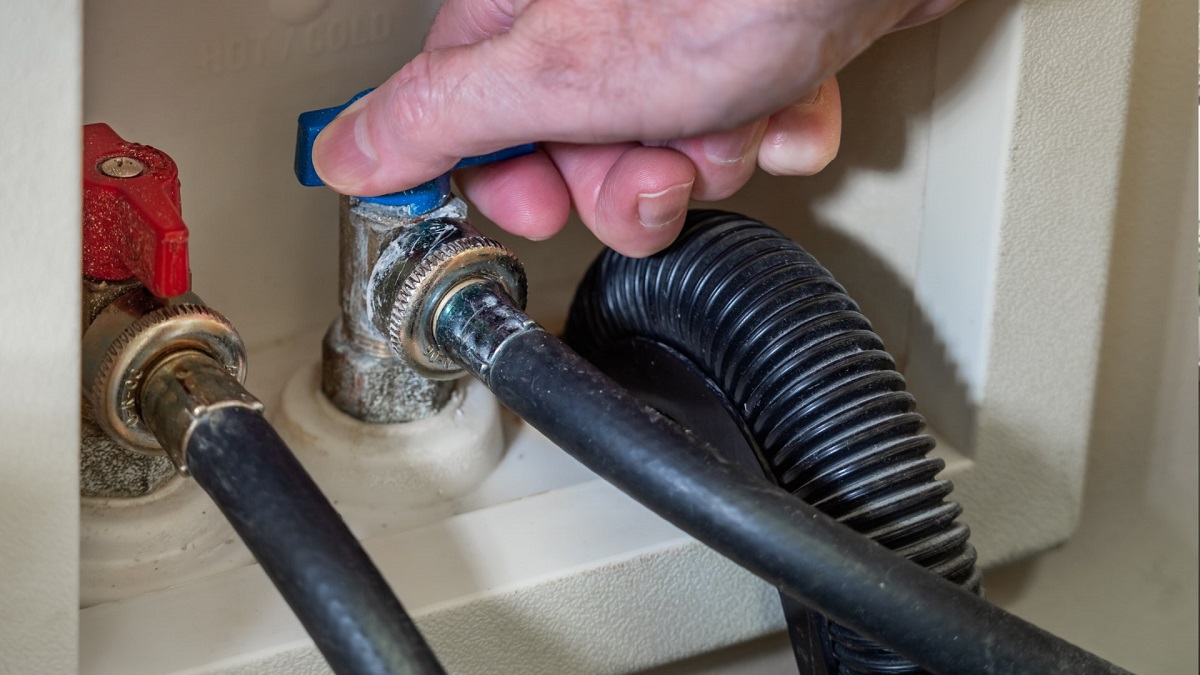
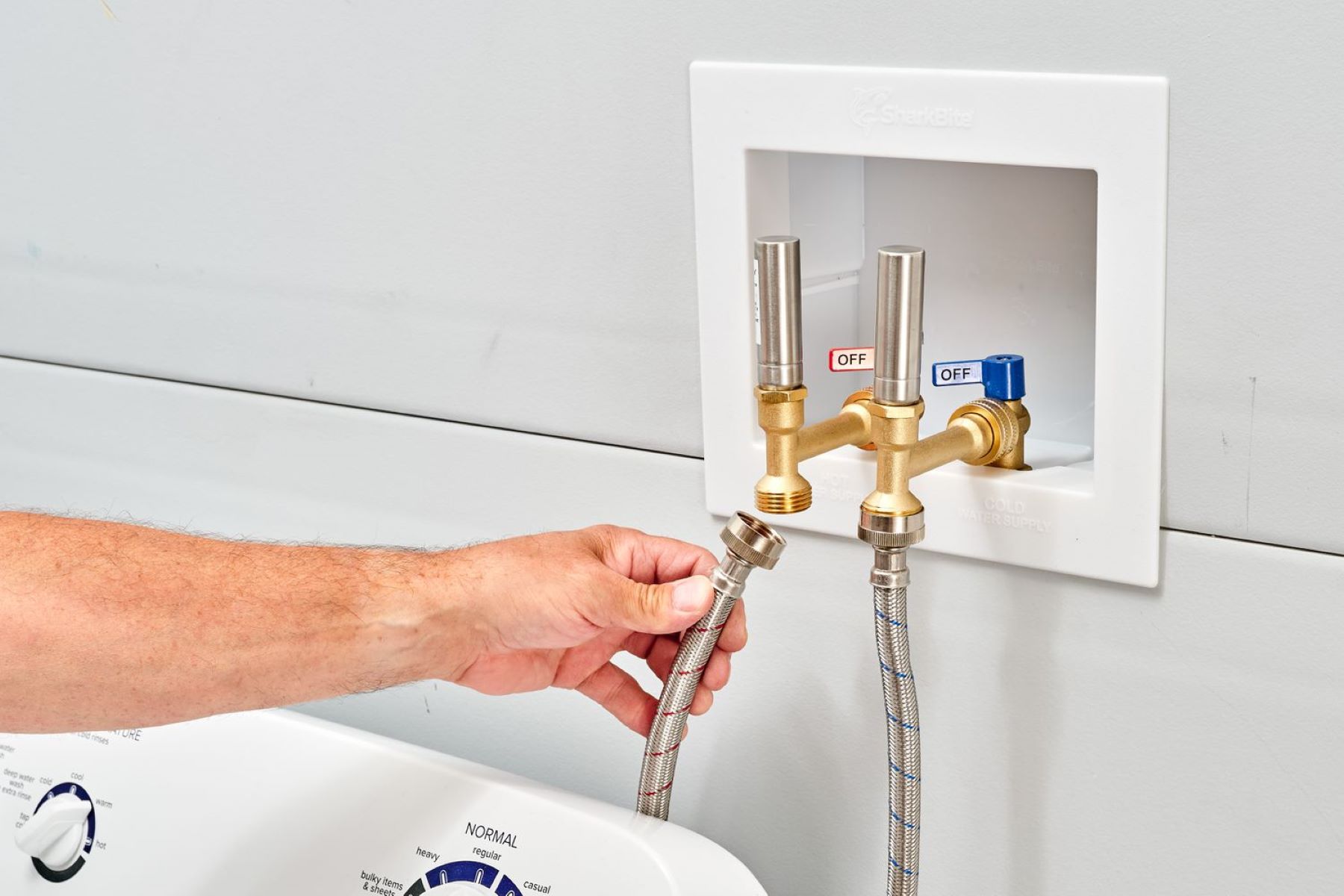
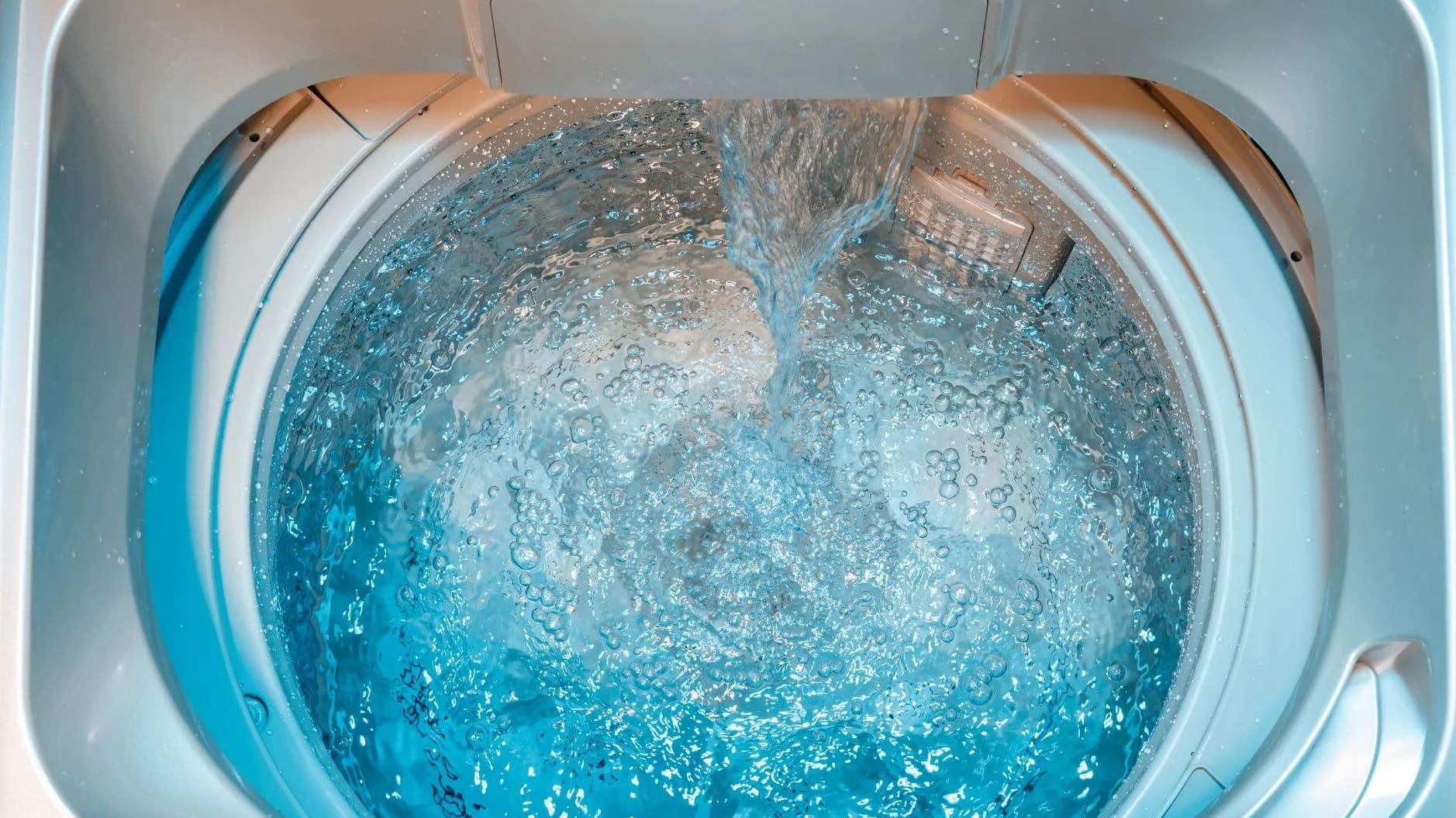
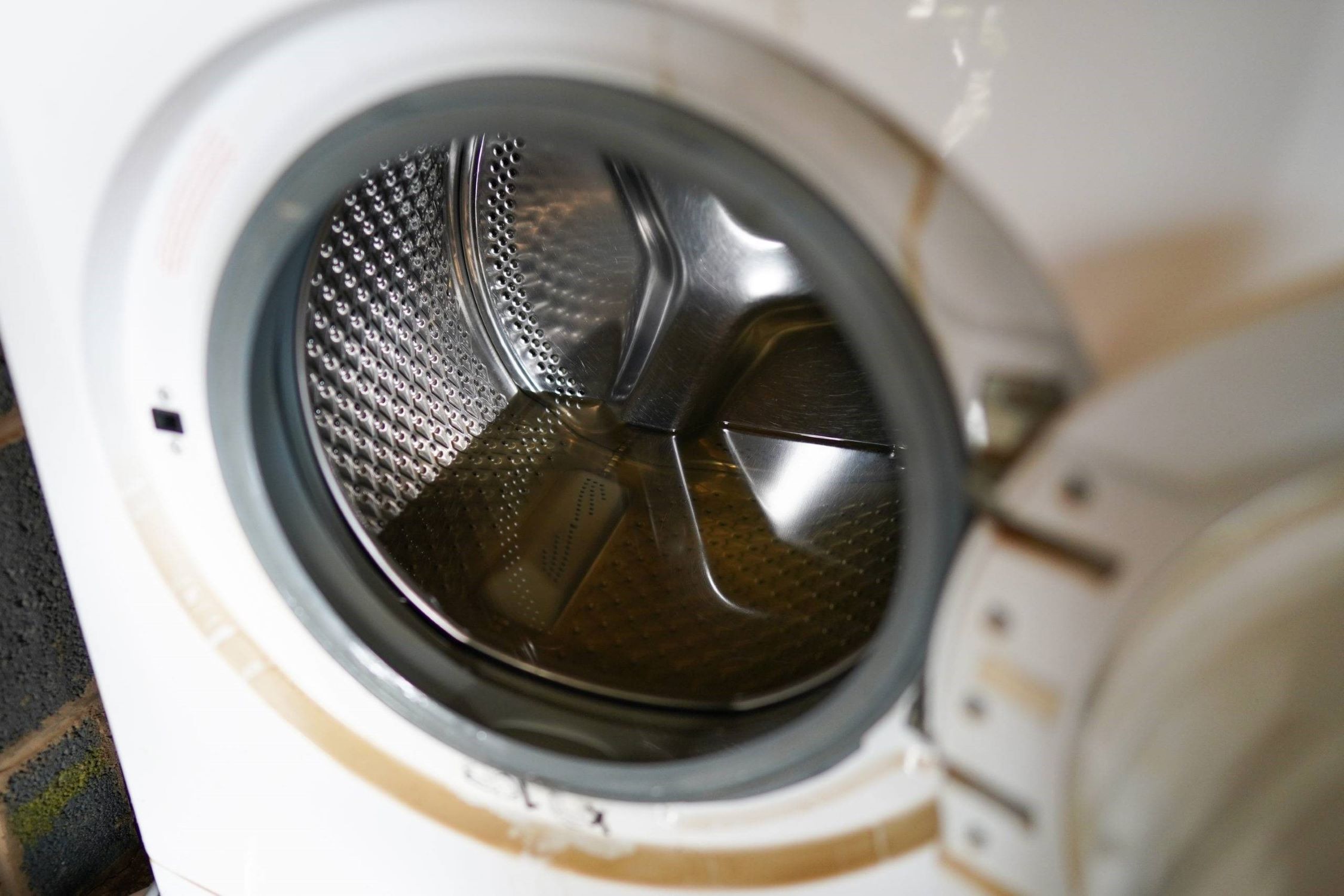
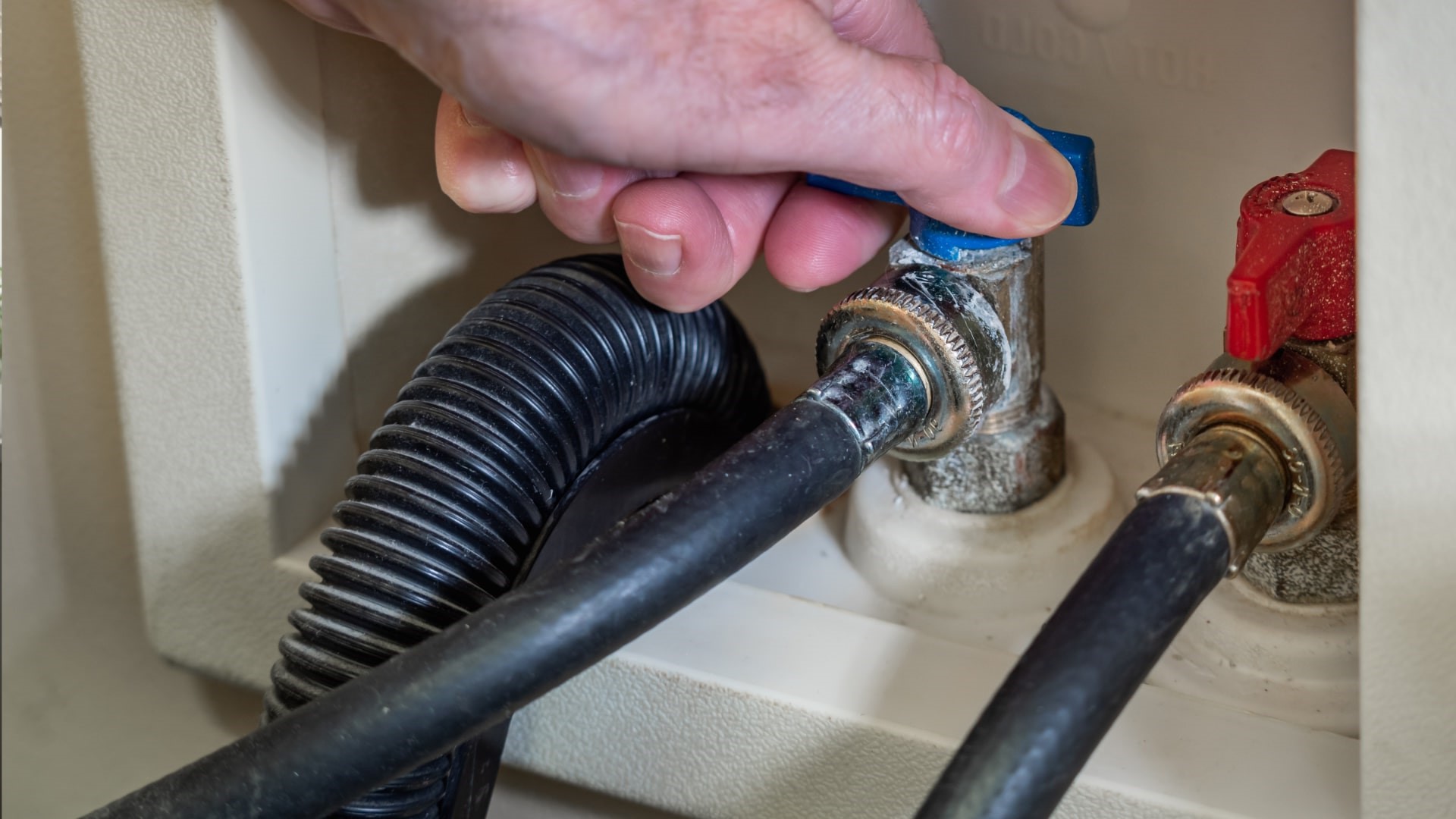
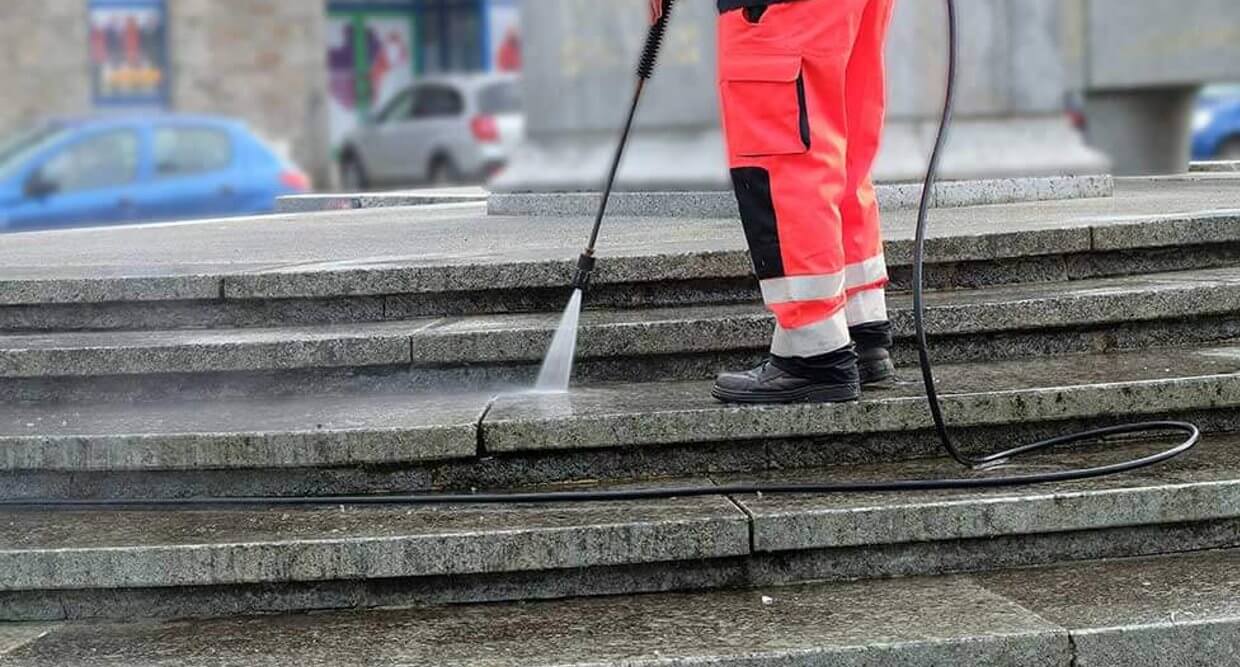

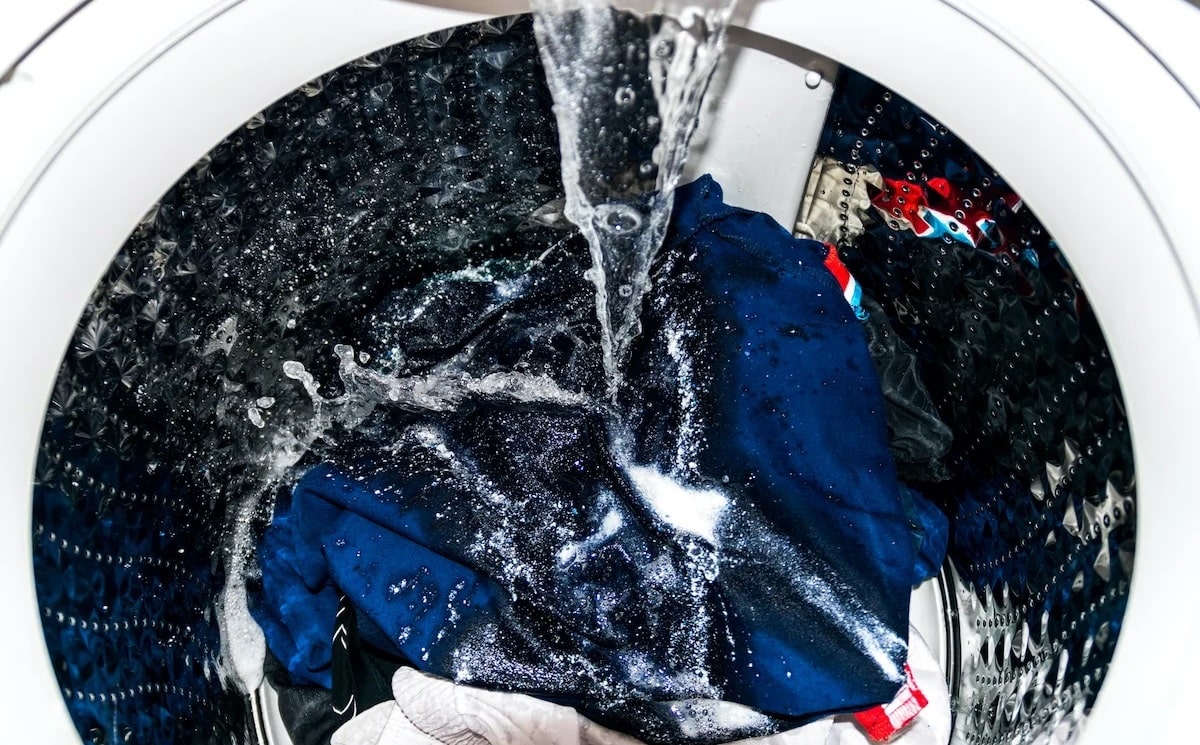
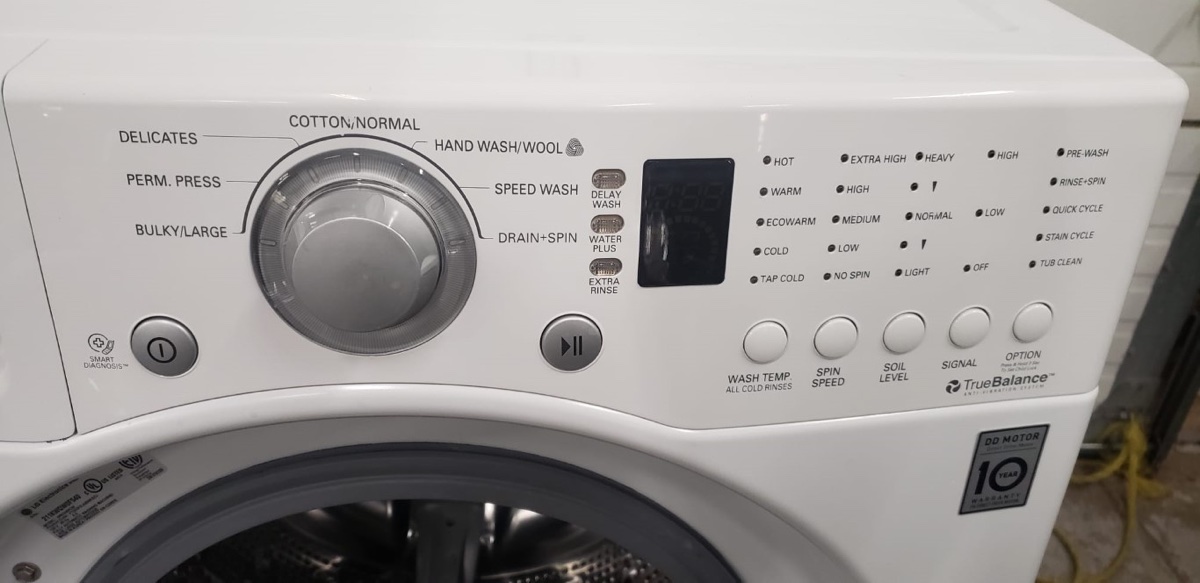
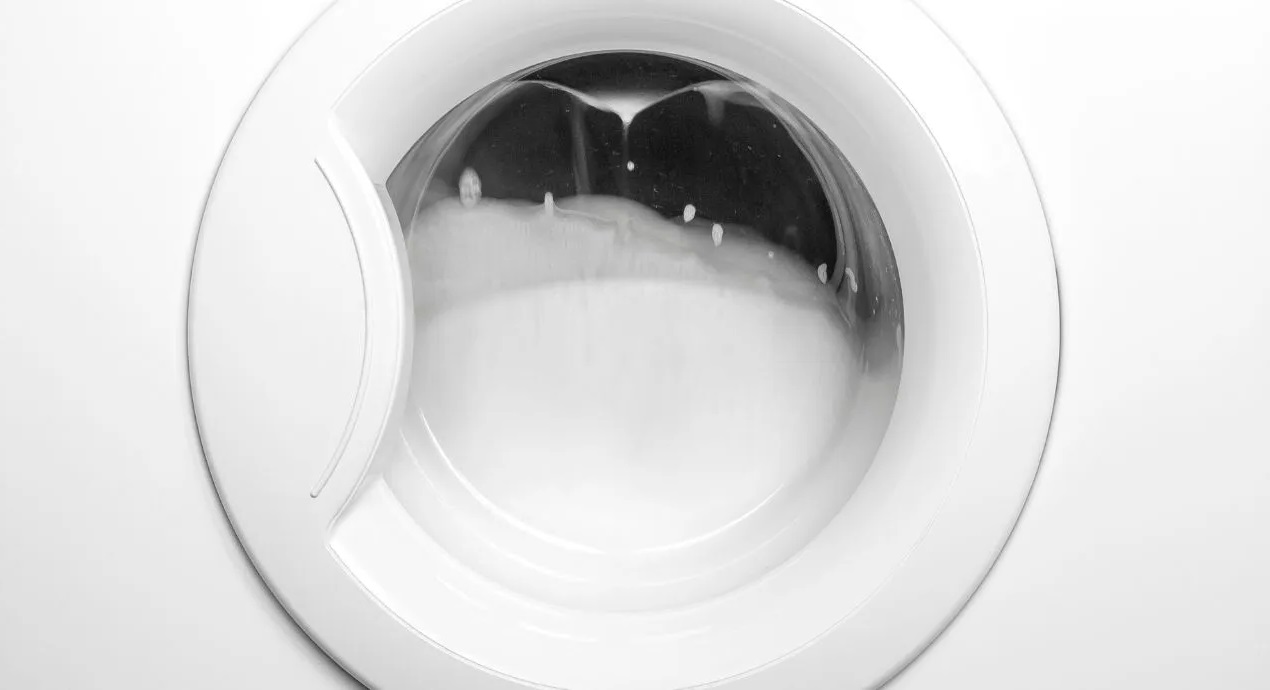

0 thoughts on “How To Increase Water Level In An LG Washing Machine”